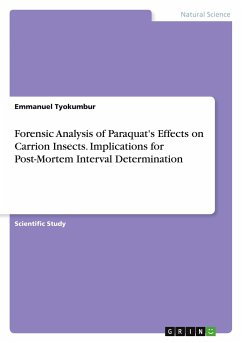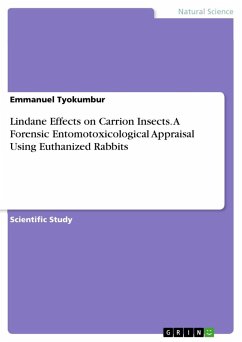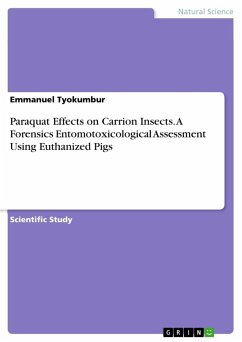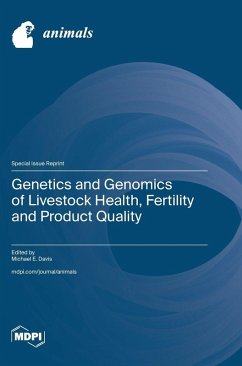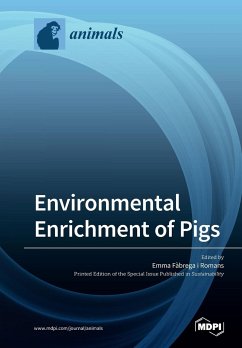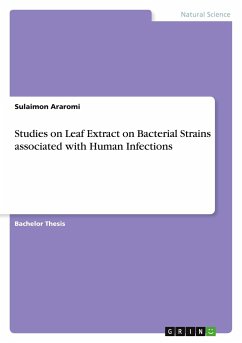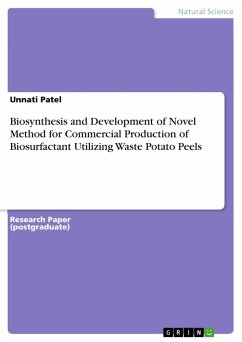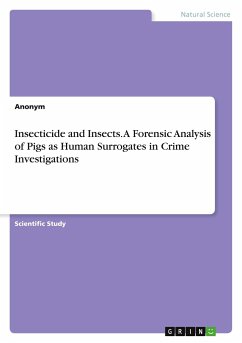
Insecticide and Insects. A Forensic Analysis of Pigs as Human Surrogates in Crime Investigations

PAYBACK Punkte
0 °P sammeln!
Scientific Study from the year 2023 in the subject Biology - Micro- and Molecular Biology, grade: A, University of Ibadan, language: English, abstract: The objective of this research was to explore the succession pattern and abundance of carrion insects on decomposing pig carcasses, and the influence of environmental variables and poison on these processes. Conducted in a secluded area of the University of Ibadan stadium, this study used two domestic pigs, Sus scrofa, as surrogate human models. One pig was euthanized using Sniper insecticide, a common suicide agent, while the other was sacrifi...
Scientific Study from the year 2023 in the subject Biology - Micro- and Molecular Biology, grade: A, University of Ibadan, language: English, abstract: The objective of this research was to explore the succession pattern and abundance of carrion insects on decomposing pig carcasses, and the influence of environmental variables and poison on these processes. Conducted in a secluded area of the University of Ibadan stadium, this study used two domestic pigs, Sus scrofa, as surrogate human models. One pig was euthanized using Sniper insecticide, a common suicide agent, while the other was sacrificed without poison, serving as a control experiment. The carcasses were left to decay until the dry stage, with observations made throughout the five stages of decomposition: fresh, bloat, active decay, advanced decay, and dry stage. Insect collection during decomposition was done using a sweep net, and the insects were preserved in alcohol for identification. Carrion insect families identified included Calliphoridae, Muscidae, and Dermestidae, with Calliphoridae being the most abundant and the first to colonize the decomposing carrion. The findings from this study underscored the forensic importance of carrion insects, emphasizing their potential use in forensic investigations to estimate post-mortem intervals, causes of death, and places of death. Given the biological similarity between pigs and humans, these findings could contribute to solving human crime cases.




